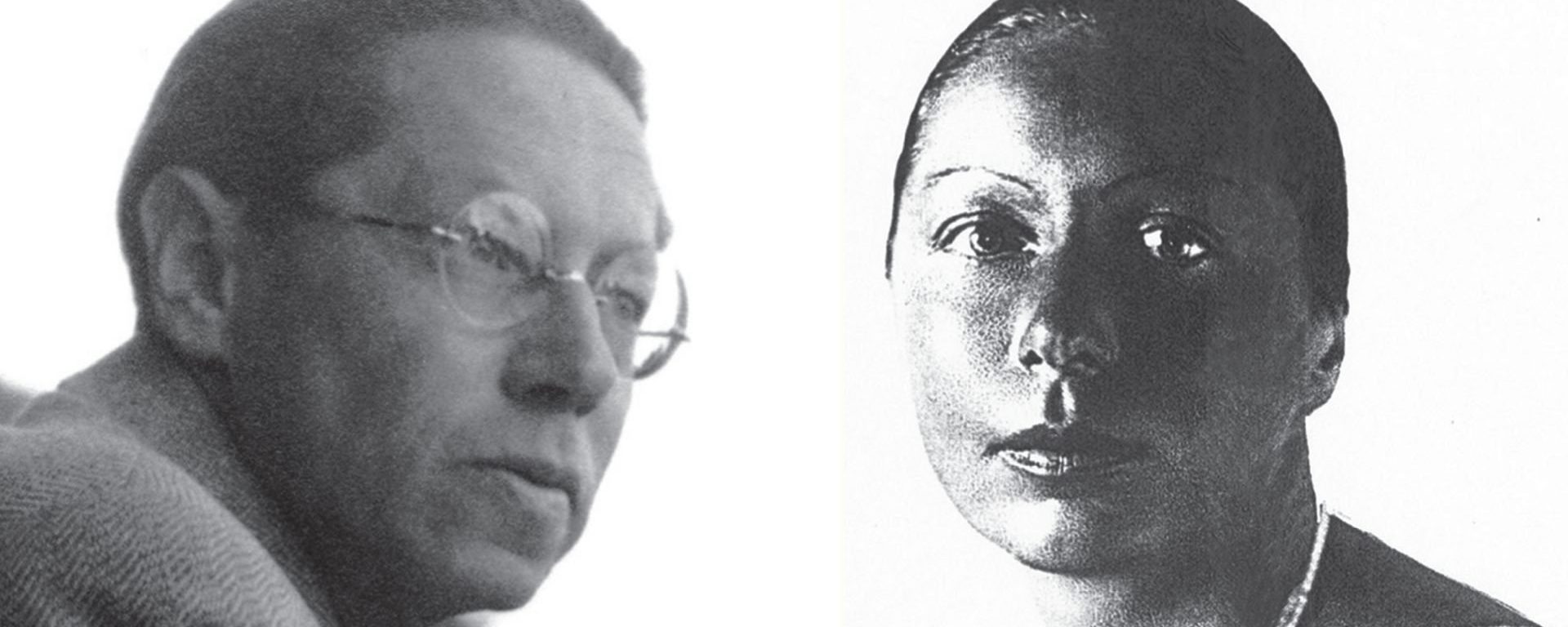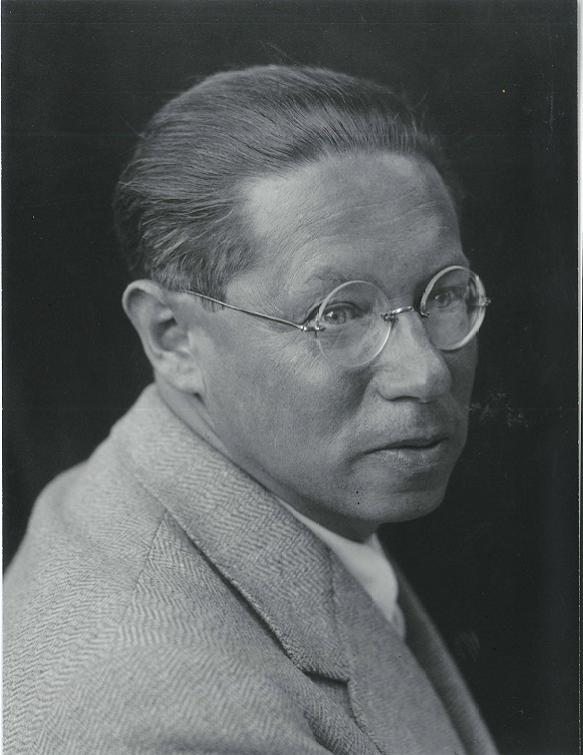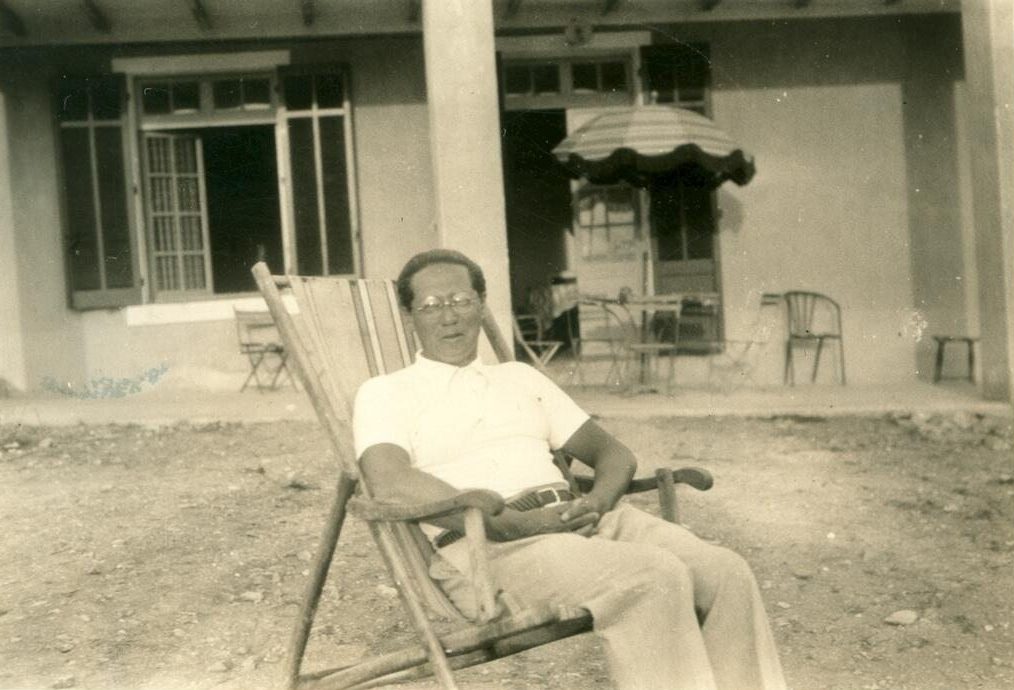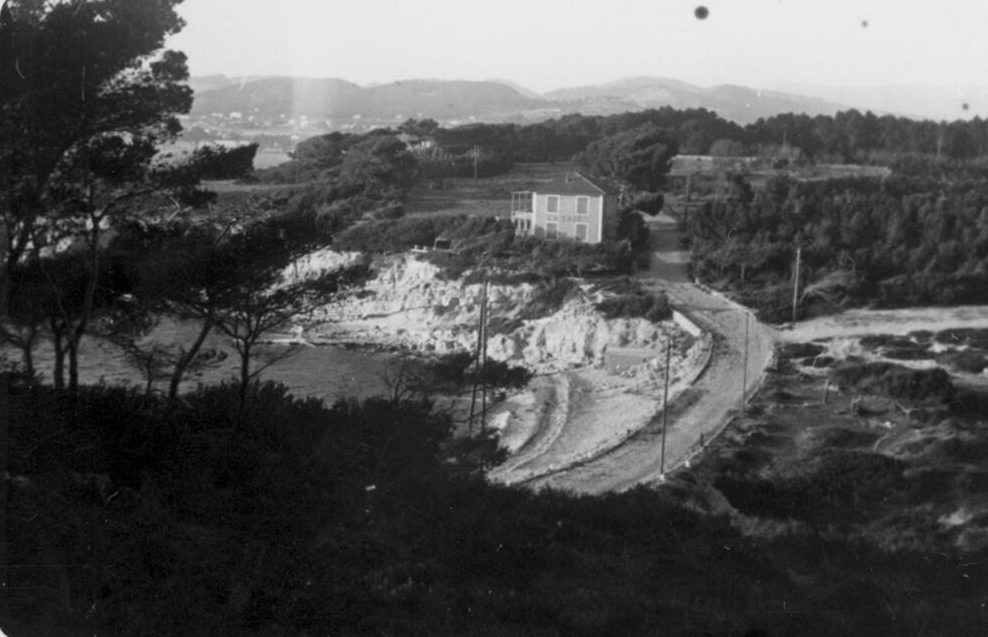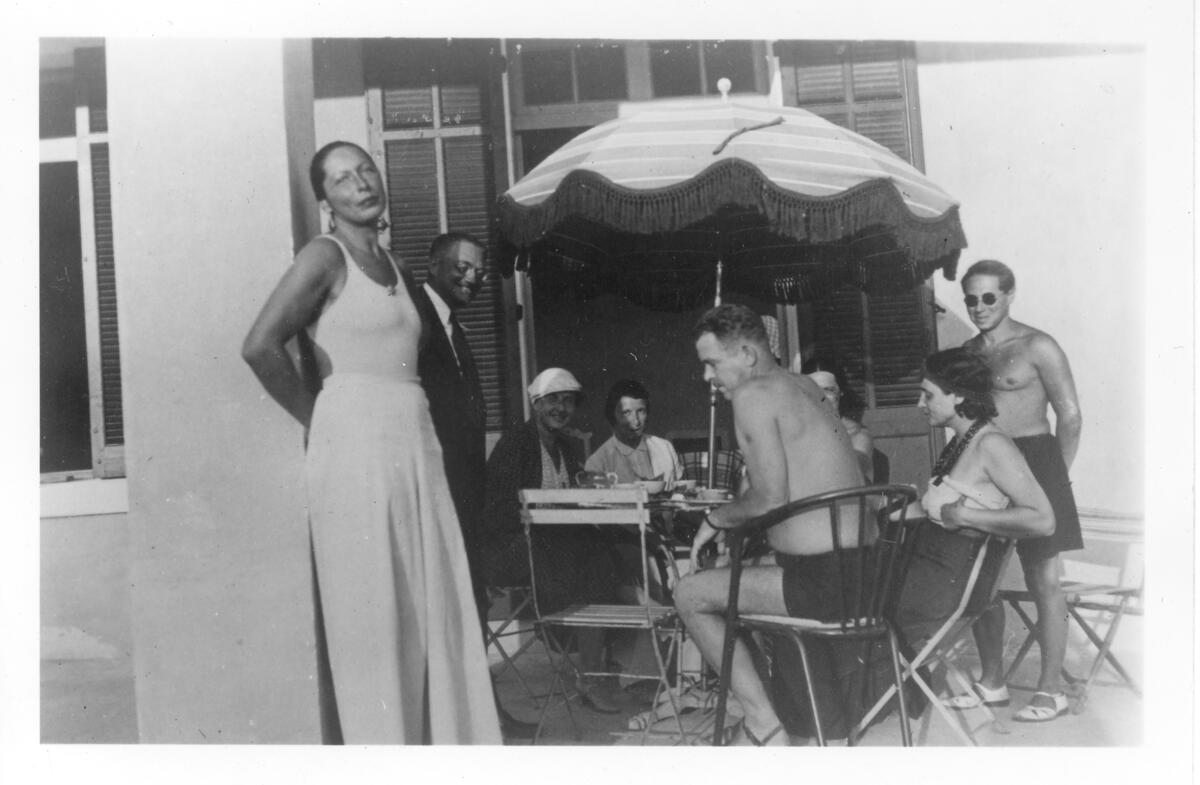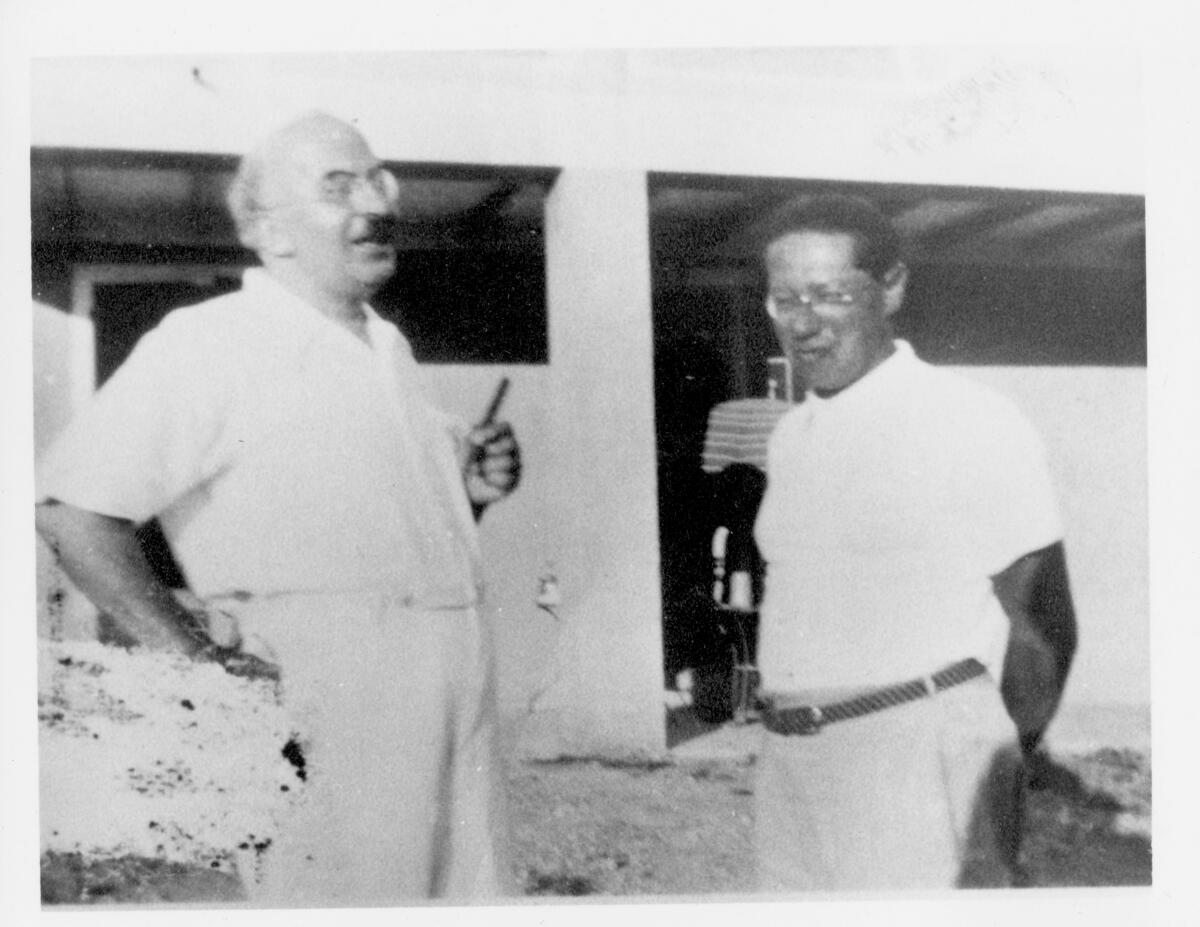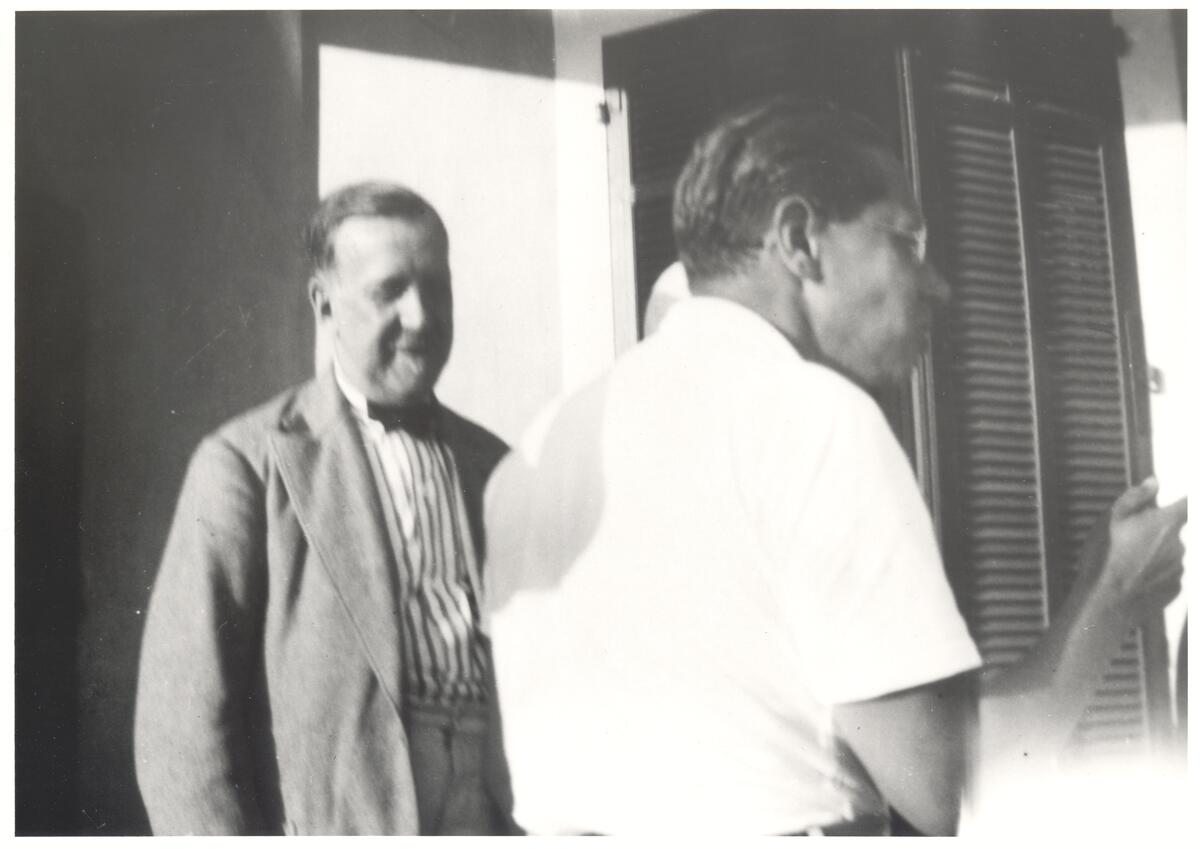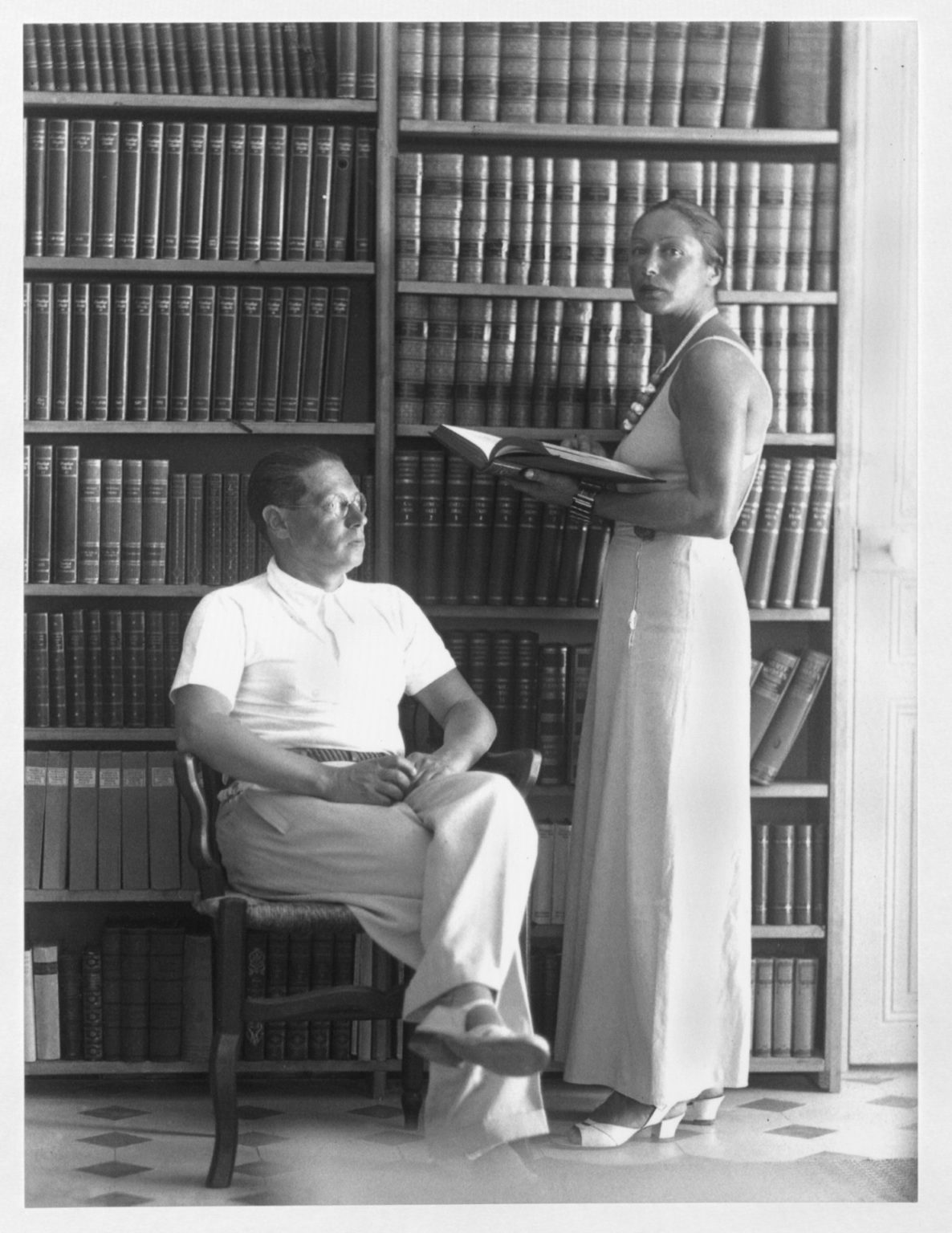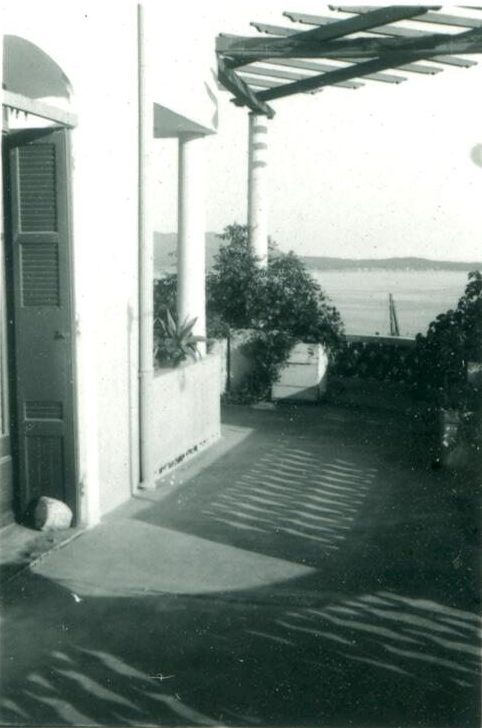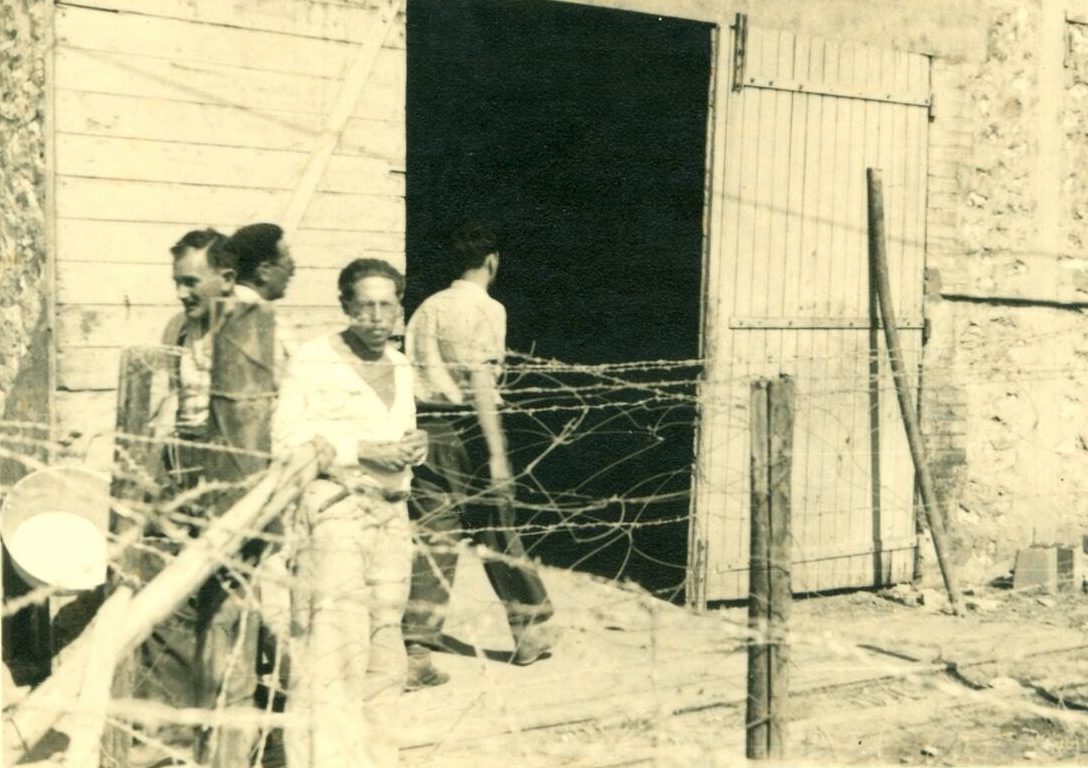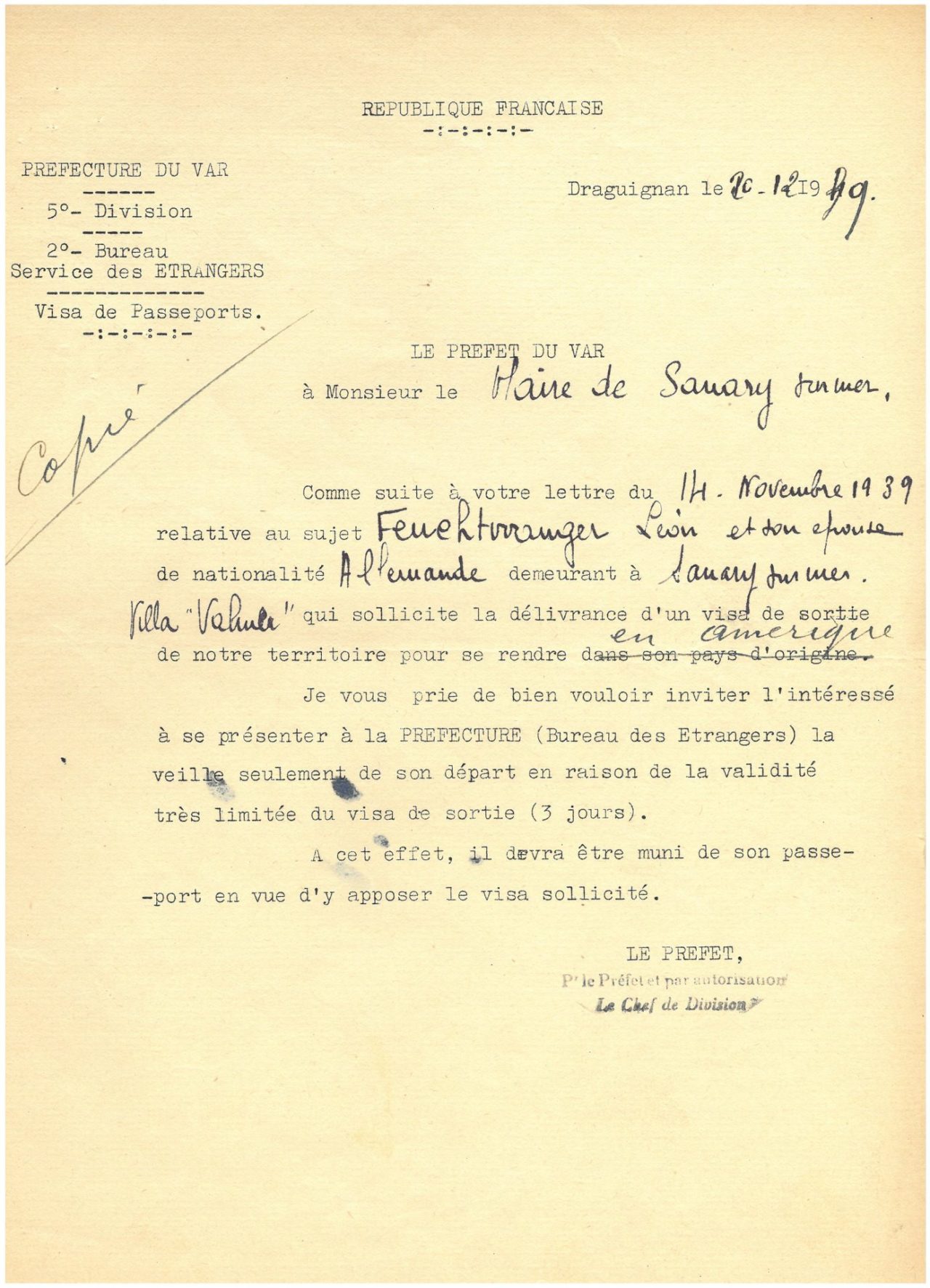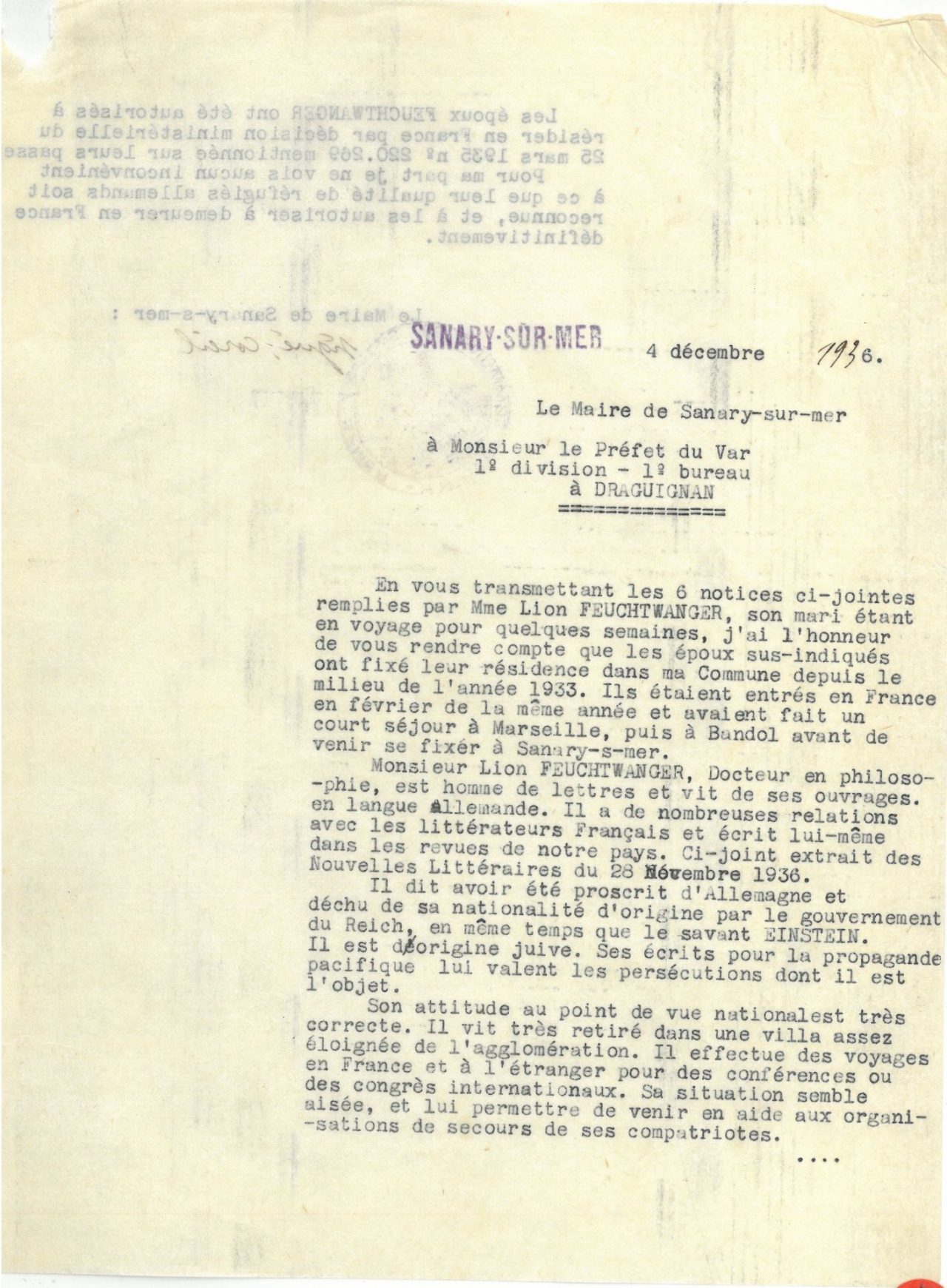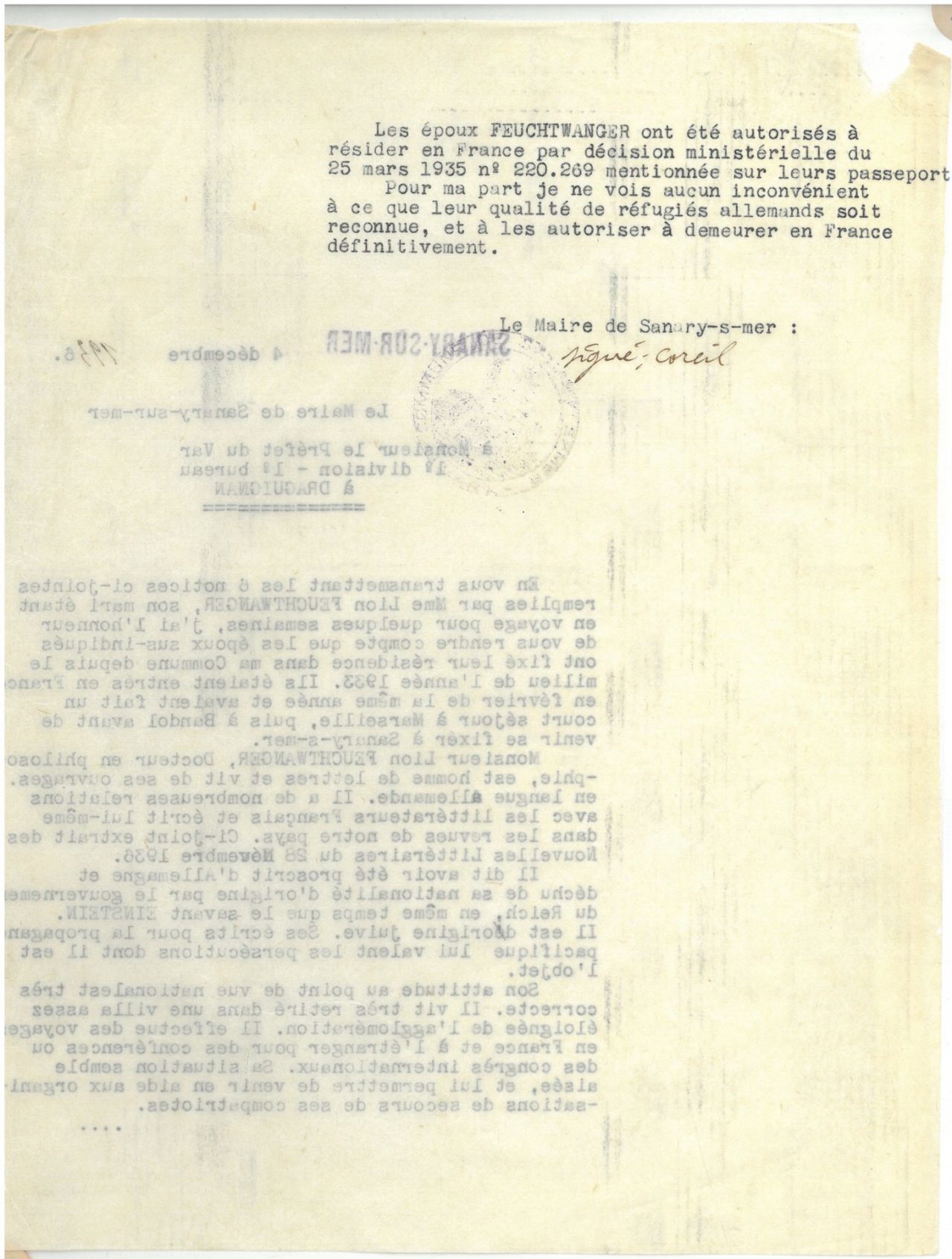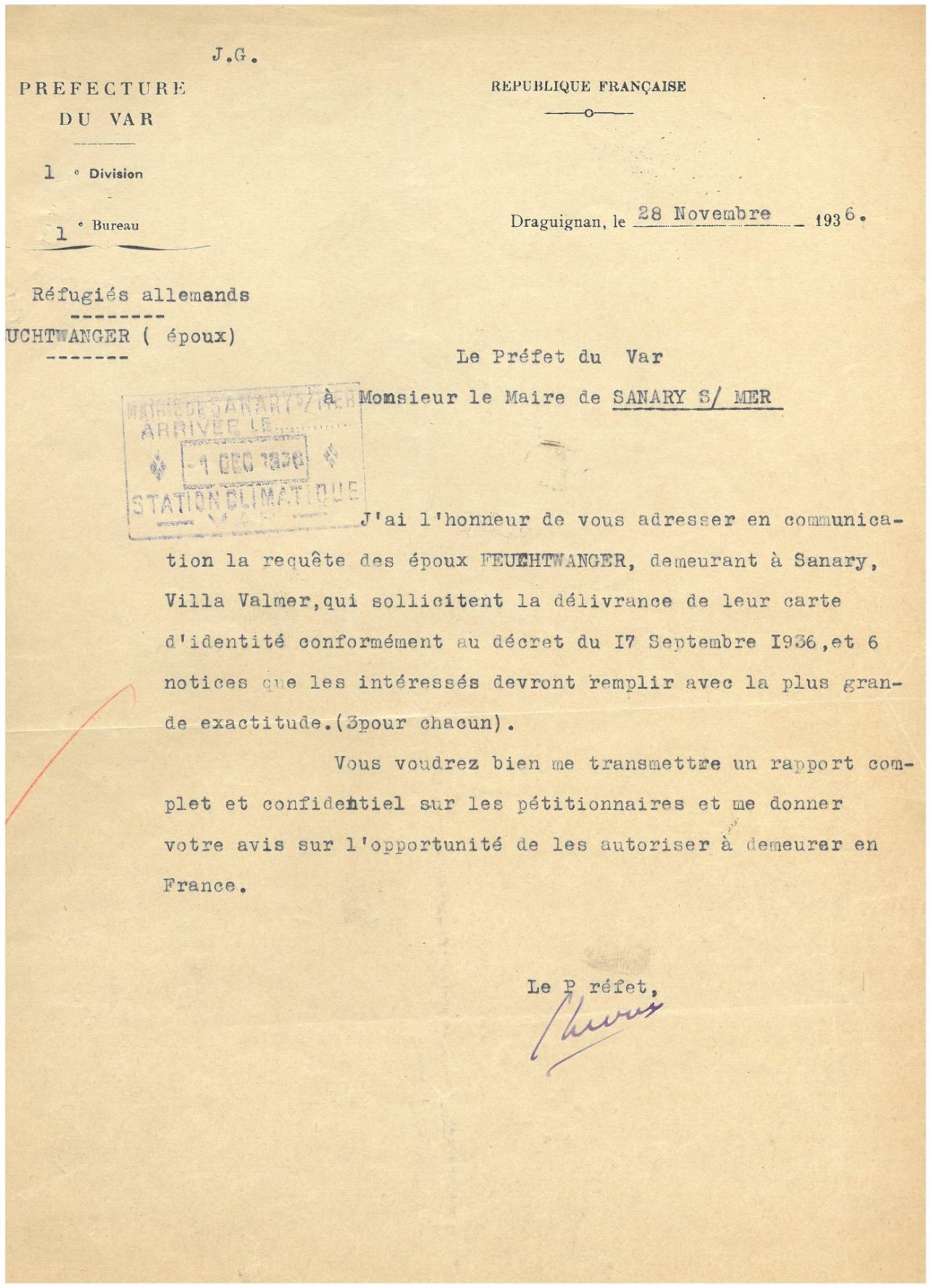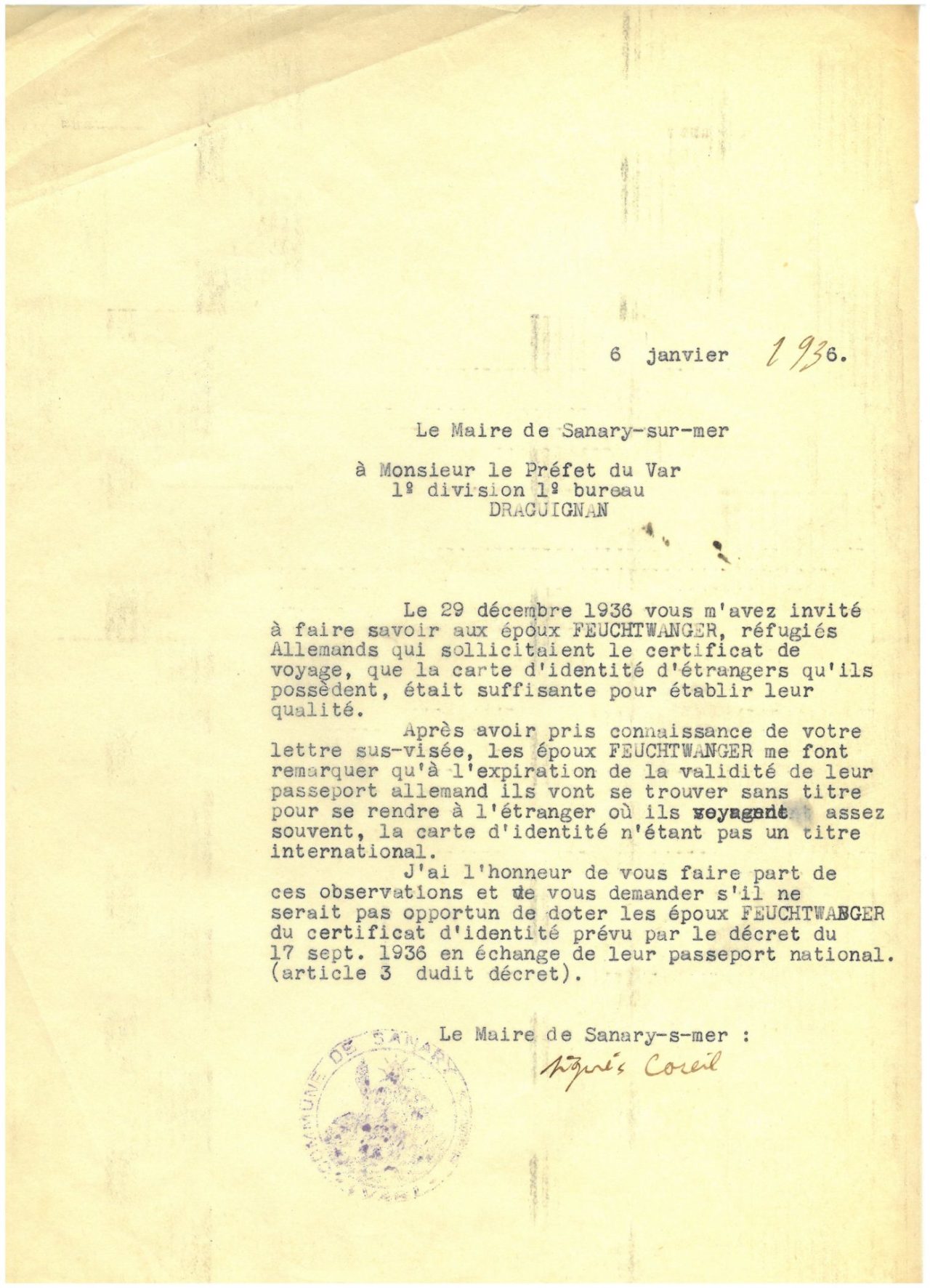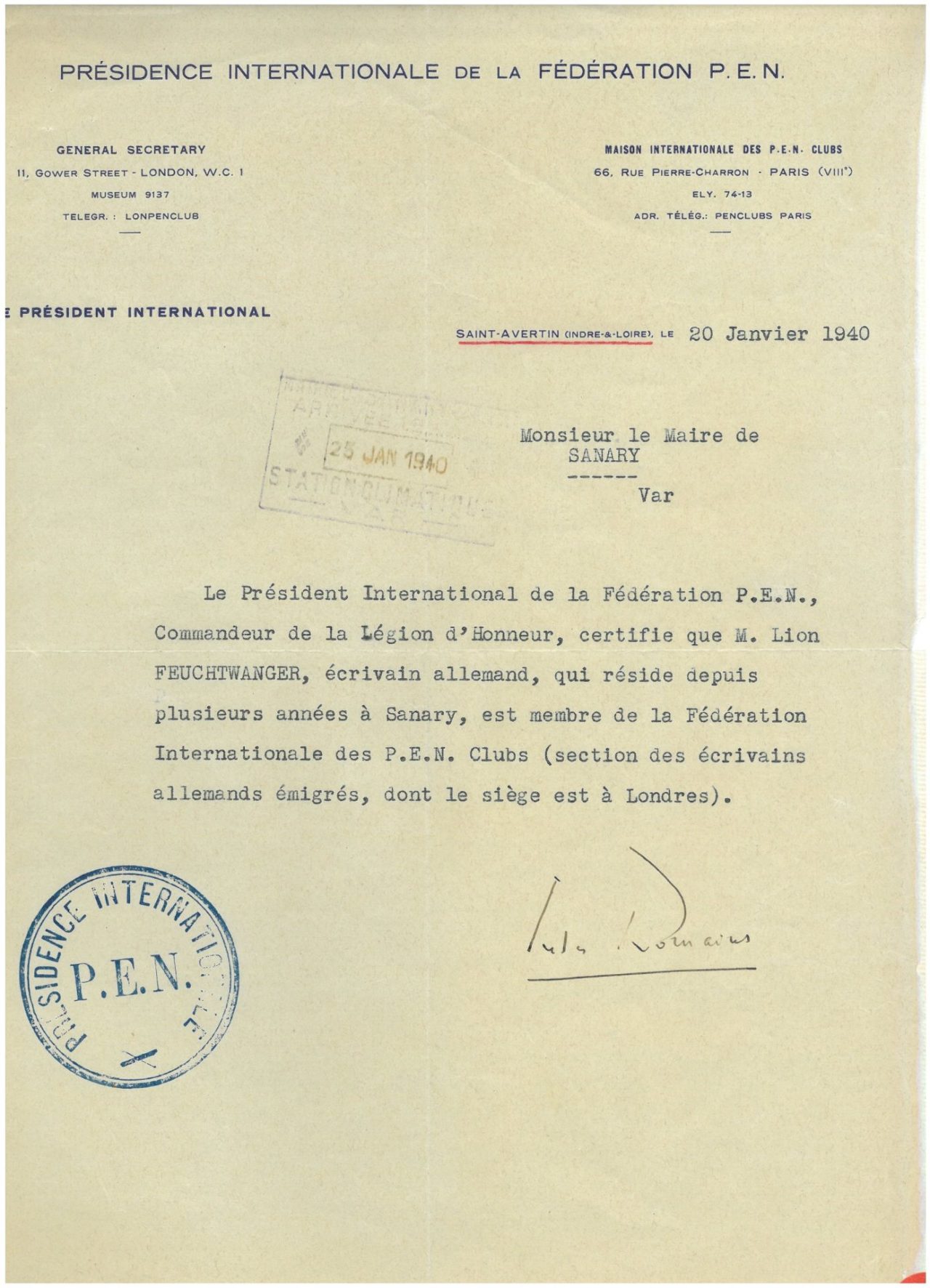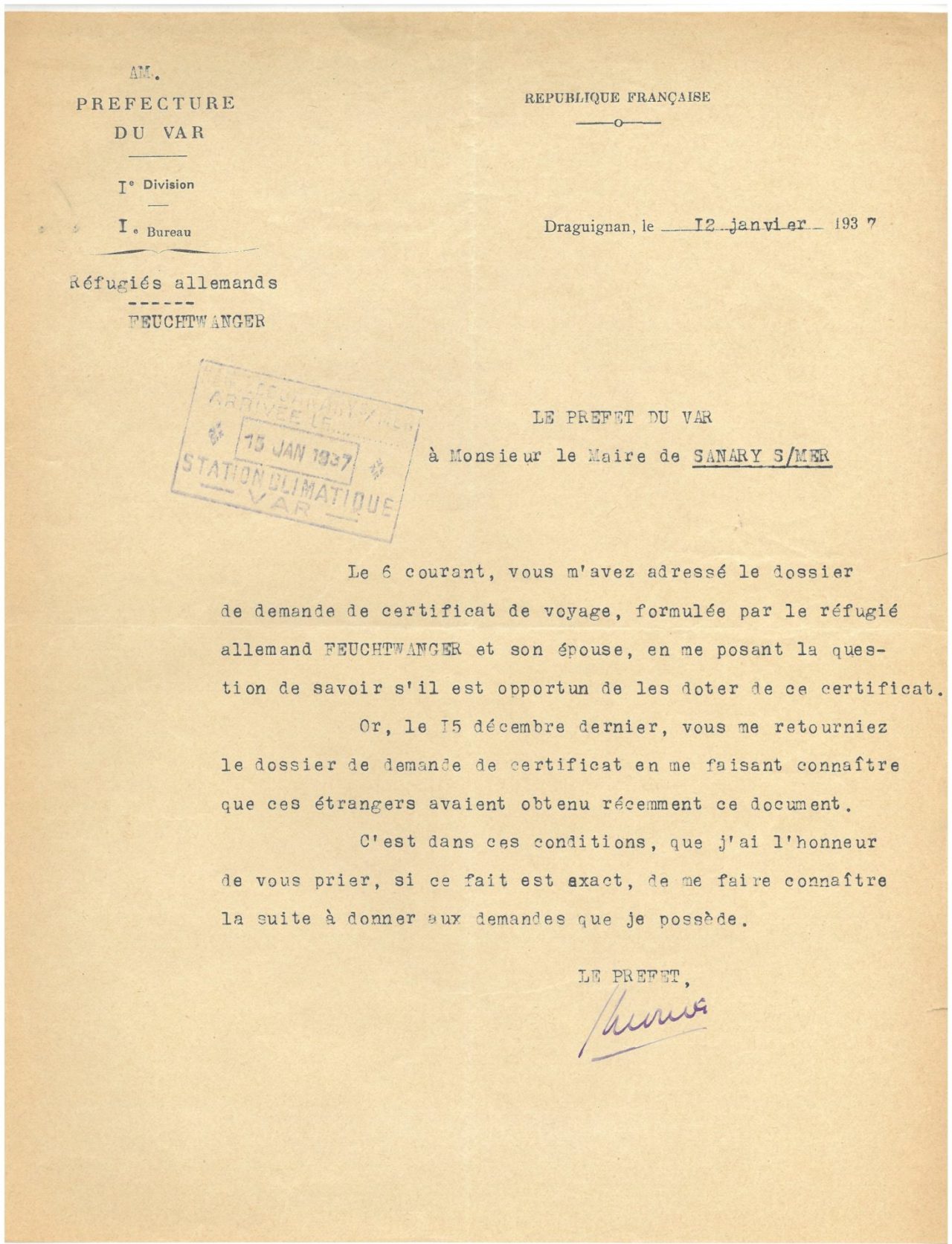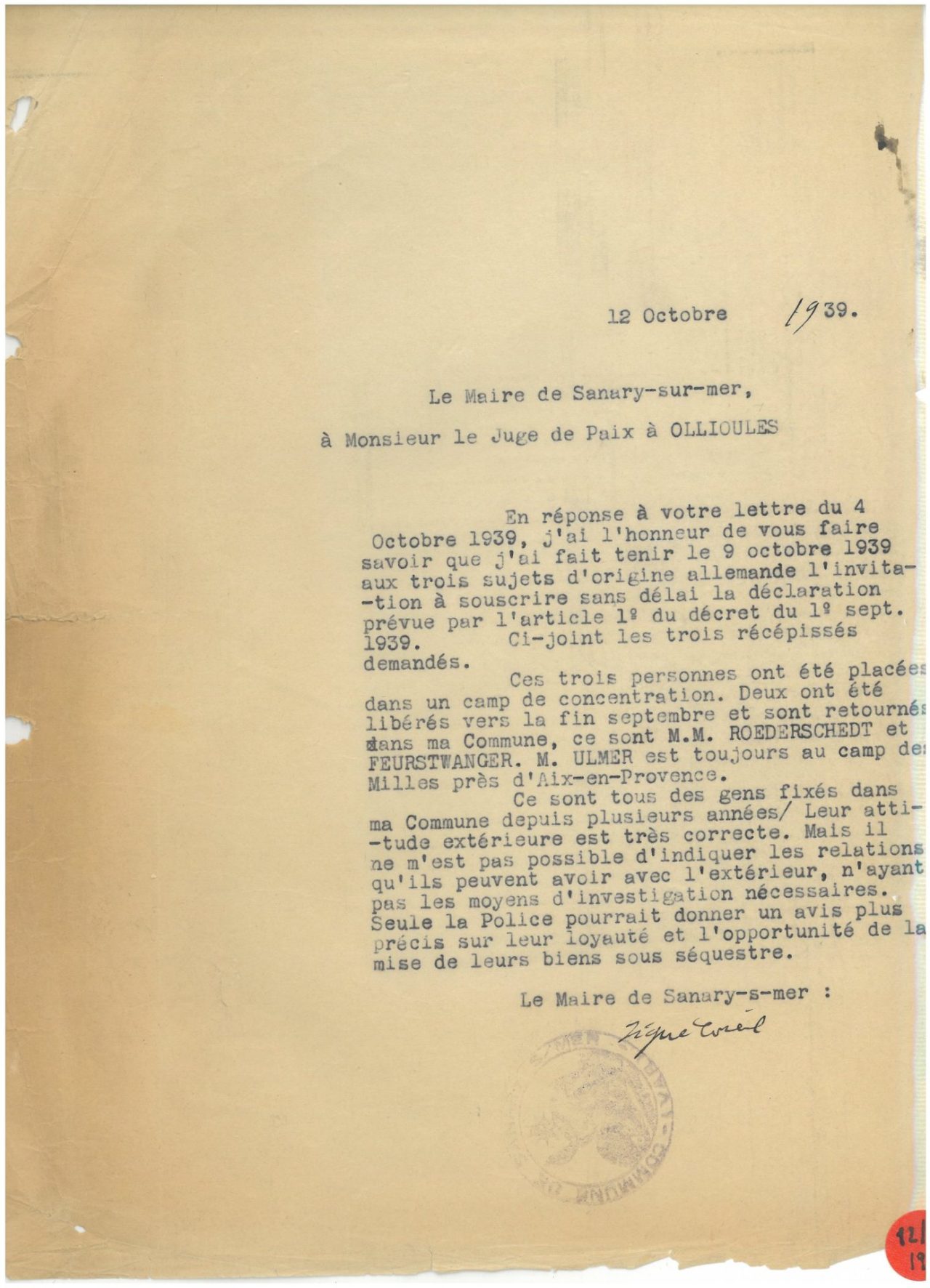Marta (1891-1987) &
Lion Feuchtwanger (1884-1958)
In January 1933, Lion was in America giving lectures when the Nazi regime came to power, confiscated his property, stripped him of his nationality and his doctorate, and banned his books. He was unable to return to Germany and went into exile with his wife Marta, first temporarily in Bandol, then in Sanary. There, they rented first the Villa Lazare and then, from 1934 to 1940, the Villa Valmer, where the couple lived as happily as God in France. However, from 1939 onwards, their situation changed. On two occasions, Lion was interned at Les Milles and Marta at Gurs. Her autobiographical account, ‘The Devil in France’, recounts her detention in the camp and her escape. In 1940, thanks to the intervention of Eleanor Roosevelt and the help of Varian Fry, he managed to escape with Marta to the United States.
‘Hitler means war’, Lion Feuchtwanger’s statement in an interview published in all the Washington newspapers, as well as his mockery and criticism of the book Mein Kampf, made him one of the Third Reich’s main hounded and the Führer’s sworn enemy. As soon as Adolf Hitler came to power in 1933, he had to go into exile with his wife Marta.
Long before Hitler’s regime, Lion and Marta Feuchtwanger were already thinking of moving to the Côte d’Azur. However, as a German writer had to be domiciled in Germany, they gave up and had their house built in Berlin. In 1933, they were forced into exile and Marta went to the South of France to look for a house to rent. They first took refuge in the small hotel La Réserve in Bandol, where they were visited by Thomas Mann with his wife Katia, their daughter Monika and the playwright Wilhelm Herzog. Then they met the English-speaking Sanary clan, Aldous Huxley, William Seabrook, Eva Herrmann and her friend Sybille von Schoenebeck, who helped Marta find a house, the Villa Lazare.
It’s a summer rental with no heating and very simple furnishings, but the Feuchtwangers love the location on the Mediterranean above Beaucours beach. They love the sea, the landscape and the climate, which makes them forget their comfortable Berlin home with its well-kept garden.
Their car, the Buick, confiscated by the Nazis, was replaced by an old Renault, bought for fifty francs. Their life got organised. Lion worked day and night on his novel ‘The Oppermann Children’, which he finished in less than five months. Marta managed her husband’s day-to-day life, entertaining his friends, including Bertolt Brecht and Arnold Zweig, and dealing with visitors who turned up unexpectedly.
She also turned a blind eye to her husband’s many love affairs in Sanary.
But as the Villa Lazare was not suitable for year-round living, Marta and Lion moved to the Villa Valmer in 1934, a large house with a panoramic view over the Bay of Portissol and, above all, spacious enough to accommodate a fine library for Lion, the old one in Berlin having been ransacked by the Nazis.
Much to Marta‘s delight, the villa had a large, magnificent garden with fruit trees, including fig and almond trees, and typical Mediterranean vegetation. In the summer of 1933, the Villa Tranquille, inhabited by Thomas Mann and his family, hosted meetings of Sanary’s intellectual elite. In the summer of 1934, after the Mann family had left for Switzerland, the Villa Valmer took over and became the ‘Salon Feuchtwanger’, an important meeting point for emigrants.
It’s a place where people get together to chat and exchange ideas, and where they ask themselves: when will they be able to return to Germany?
For six years, the Feuchtwangers lived in Sanary ‘happy as a clam in France’. Few writers in exile were as privileged as them and had no financial problems. However, from autumn 1939 onwards, their paradise gradually turned into hell, and they became acquainted with Le Diable en France, the title of Lion Feuchtwanger‘s autobiographical account written after his two internments at the Milles camp in 1939 and 1940.
In this book, first published in 1942 under the title Unholdes Frankreich (Evil France), he denounces the devil of neglect and indifference, in which Lion Feuchtwanger feels betrayed by France.
When a secretly taken photo of Feuchtwanger behind barbed wire in the internment camp of Les Milles went around the world, his friends overseas mobilized to organize his escape with Marta. With the help of Varian Fry, Lion found refuge at the American consulate in Marseille before leaving Europe via Spain and Portugal in September 1940. In November 1940, Lion and Marta were reunited in America and settled in California. There, they met Thomas Mann and his family, Alma Mahler and Franz Werfel, the Franks, and other acquaintances from their time in Sanary. In 1948, Lion applied for American citizenship, but his application, like all subsequent ones, was rejected due to his ties to the communist movement. Lion Feuchtwanger died on December 21, 1958, in Los Angeles from stomach cancer. Shortly after his death, Marta received American citizenship and survived him by three decades.
TO FIND OUT MORE
The Jacques Duhamel multimedia library in Sanary-sur-Mer has a collection of books on the theme of the memory of exile in Sanary.

